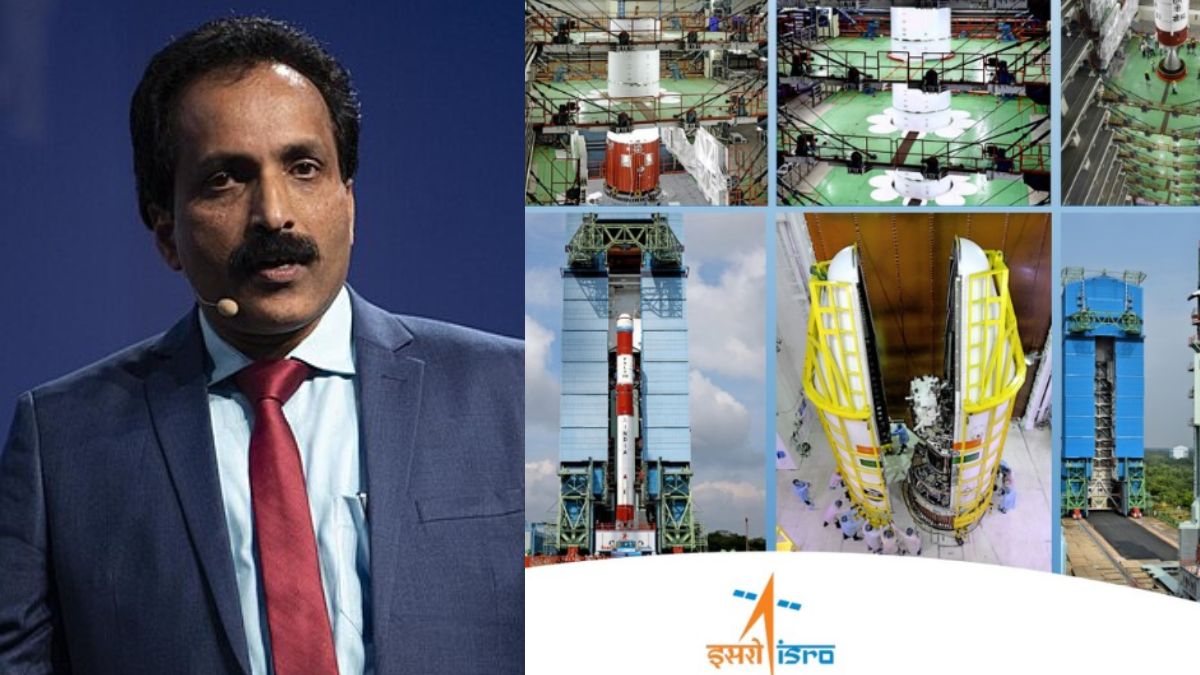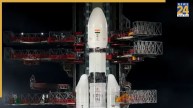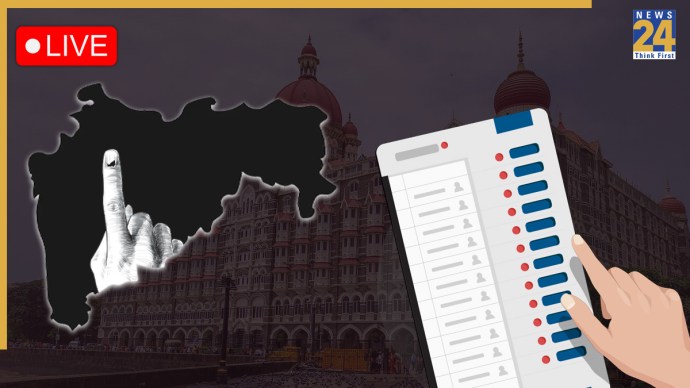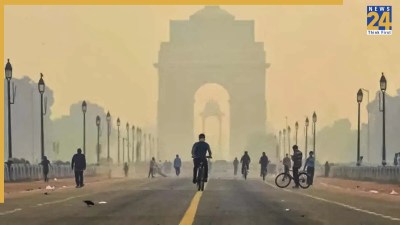India’s space program experienced a minor yet significant delay today due to a space traffic jam. As a result, the Indian Space Research Organisation (ISRO) had to postpone the launch of the Polar Satellite Launch Vehicle (PSLV) by two minutes. Earlier, the PSLV-C60 that would launch the SpaDeX mission or the Space Docking Experiment was to be launched at 9.58 pm, but now it has been pushed to 10 pm on Monday. In 2023, India had to postpone the launch of its Chandrayaan-3 mission by a few minutes almost for the same reasons.
Why there is A Traffic Jam in Space
According to ISRO, The delay occurred due to “conjunctions with other satellites” in the same orbital path. Experts at ISRO found that some satellites from the Starlink constellation were coming in the way. According to NDTV report, Today, there are about 7,000 Starlink satellites in the low Earth orbit. This is a constellation owned by American billionaire Elon Musk and his company SpaceX. Starlink provides satellite-based broadband internet connectivity across the world. Ultimately, the total number of Starlink satellites is expected to go up to about 12,000.
For quite some time now, scientists and engineers from various space agencies have been voicing their concerns about the possibility of space traffic jams caused by these massive satellite constellations. Adding to the challenge is the vast amount of space debris orbiting the Earth, which poses a significant risk to operational satellites.
SpaDex mission
The SpaDeX mission is an exciting venture for ISRO! It involves launching two small satellites, SDX01 (Chaser) and SDX02 (Target), into a low-Earth orbit at an altitude of 470 km. The mission’s main goal is to showcase the technology needed for the rendezvous, docking, and undocking of these spacecraft.
One of the key objectives of this mission is to perfect the technology for autonomous space docking.
The mission involves launching two specially designed satellites into space. Each weighs around 220 kg and will be sent to space using the workhorse Polar Satellite Launch Vehicle (PSLV) rocket from the Satish Dhawan Space Centre in Sriharikota, Andhra Pradesh.
According to The Week, ISRO’s SpaDeX mission, although sharing common goals with other space endeavors, is particularly noteworthy for its cost-effective approach to technology demonstration. By crafting its own docking systems and technology, ISRO is firmly establishing itself as a formidable force in global space exploration. The success of SpaDeX will not only bolster India’s capabilities but also set the stage for even more ambitious future missions, such as lunar sample return missions and the construction of a space station. This mission represents a significant leap forward for India, underscoring the nation’s expanding expertise and bold ambitions in space exploration.
Has This Traffic Happened Before?
This is not the first time that the Space congestion is happening for ISRO. Similar circumstances led to minor delays during India’s Chandrayaan-3 mission in 2023. The growing number of satellites and space debris in low-Earth orbit underscores the urgent necessity for efficient space traffic management.













